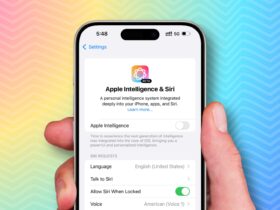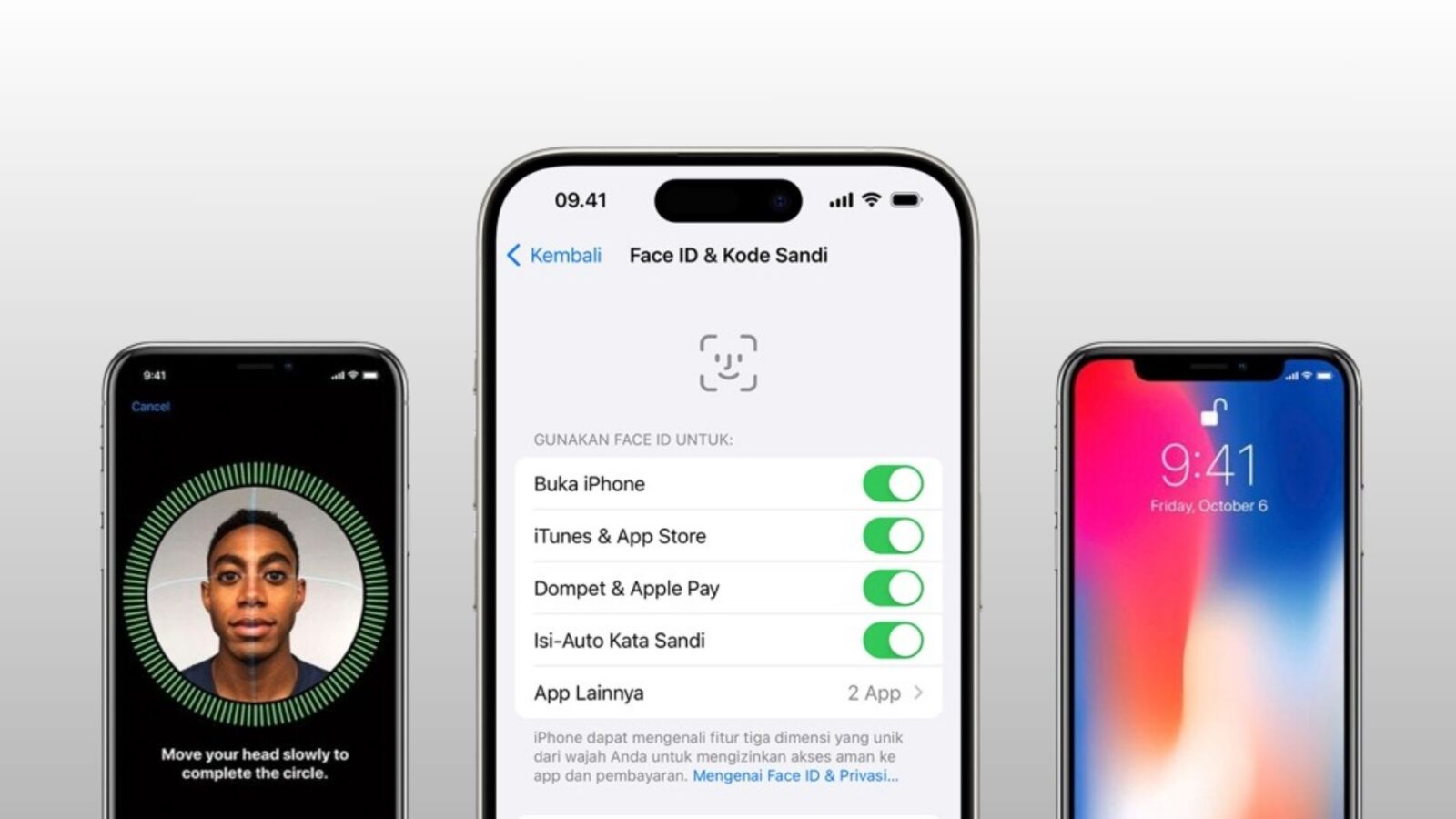Daftar Isi
Much of our digital lives are stored on iPhones and iPads, making it crucial to protect our information. In the same way that Touch ID revolutionized authentication using fingerprints, Face ID has transformed authentication using facial recognition. Let’s delve into the technology behind Apple’s Face ID, its advanced features, and how it ensures both security and convenience.
The TrueDepth Camera System: Mapping Your Face
Apple’s Face ID stands as a pinnacle of biometric authentication technology, revolutionizing the way users unlock their devices and safeguard their digital identities. At the heart of this cutting-edge security feature lies the TrueDepth camera system, a marvel of engineering that employs state-of-the-art hardware and sophisticated algorithms to capture and analyze facial data with unparalleled accuracy.
The TrueDepth camera system operates through a multifaceted approach, combining depth mapping, infrared imaging, and advanced neural processing to create a comprehensive and secure biometric authentication mechanism. Here’s a breakdown of how it works:
Depth Map Creation
The TrueDepth camera projects thousands of invisible dots onto the user’s face, meticulously mapping its contours, curves, and proportions. This depth map essentially creates a three-dimensional model of the user’s facial features in real time, ensuring precise and detailed facial recognition.
Infrared Imaging
In tandem with depth mapping, the TrueDepth camera captures an infrared image of the user’s face. While invisible to the naked eye, infrared light provides essential data about facial structure and texture, enhancing the accuracy of facial recognition algorithms. This dual approach ensures reliable authentication even in challenging lighting conditions.
Neural Engine and Secure Enclave
The captured depth map and infrared image are processed by a dedicated portion of Apple’s custom-designed chips, including the A-series processors such as A11, A12 Bionic, A13 Bionic, A14 Bionic, and A15 Bionic. This processing takes place within the Secure Enclave, a specialized hardware component designed to safeguard users’ biometric data. By leveraging advanced neural networks and encryption mechanisms, the Secure Enclave ensures that facial recognition data remains securely stored and protected from unauthorized access.
Read More: Apple Music Innovations: What’s Next for the Streaming Giant?
Adaptive and Secure Authentication of Face ID
In the realm of biometric authentication, Apple’s Face ID stands out for its remarkable adaptability to changes in the user’s appearance, ensuring seamless and secure access to their devices and digital accounts. Whether it’s subtle alterations like wearing makeup or more significant transformations such as growing facial hair, Face ID remains steadfast in its ability to accurately recognize the user’s identity. Here are some key features that highlight its versatility and reliability:
Dynamic Adaptation
Face ID employs dynamic adaptation to accommodate notable changes in the user’s appearance. For instance, if the user shaves off a full beard or undergoes a drastic makeover, Face ID prompts them to confirm their identity using their passcode before updating their facial data. This proactive approach safeguards against accidental changes that could potentially compromise security, ensuring that only authorized individuals can access the device.
Versatility
Face ID transcends environmental constraints, functioning seamlessly indoors, outdoors, and even in low-light conditions. With the introduction of iOS 15.4 and iPhone 12 or later models, Face ID extends its functionality to include face mask detection—an invaluable feature that has become indispensable during the global pandemic. Users can now unlock their devices and authenticate transactions with ease, even while wearing face masks, without compromising on security or convenience.
App Compatibility
Face ID enjoys widespread support across a multitude of applications, offering users a seamless and secure authentication experience. Apps that previously relied on Touch ID for biometric authentication automatically integrate Face ID support, ensuring continuity and ease of use for users. Moreover, developers have the option to incorporate Face ID authentication into their applications, enabling secure sign-ins and transactions while maintaining the highest standards of security.
In essence, Face ID’s adaptability, versatility, and compatibility make it a formidable ally in the realm of biometric authentication, empowering users with a robust and frictionless security solution. As technology continues to evolve, Face ID remains at the forefront, setting the standard for secure and convenient access to digital devices and services.
Conclusion: Balancing Security and Convenience
Apple’s Face ID technology combines cutting-edge hardware, software, and neural processing to create a seamless and secure authentication experience. As we continue to rely on our devices for sensitive tasks, Face ID ensures that only you can unlock your iPhone or iPad Pro. So the next time you glance at your device, remember the intricate technology working behind the scenes to keep your data safe.


































